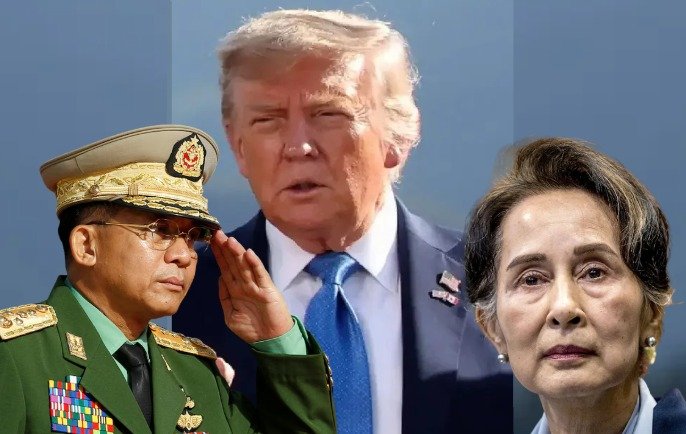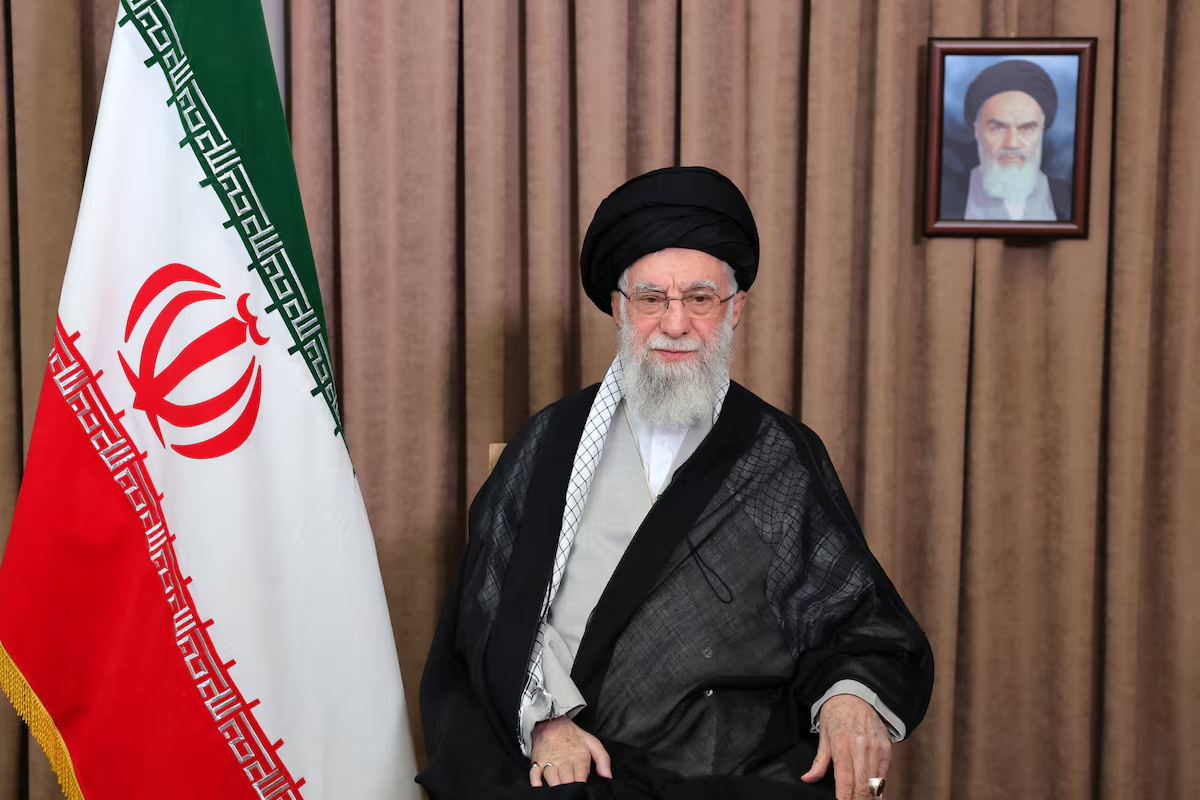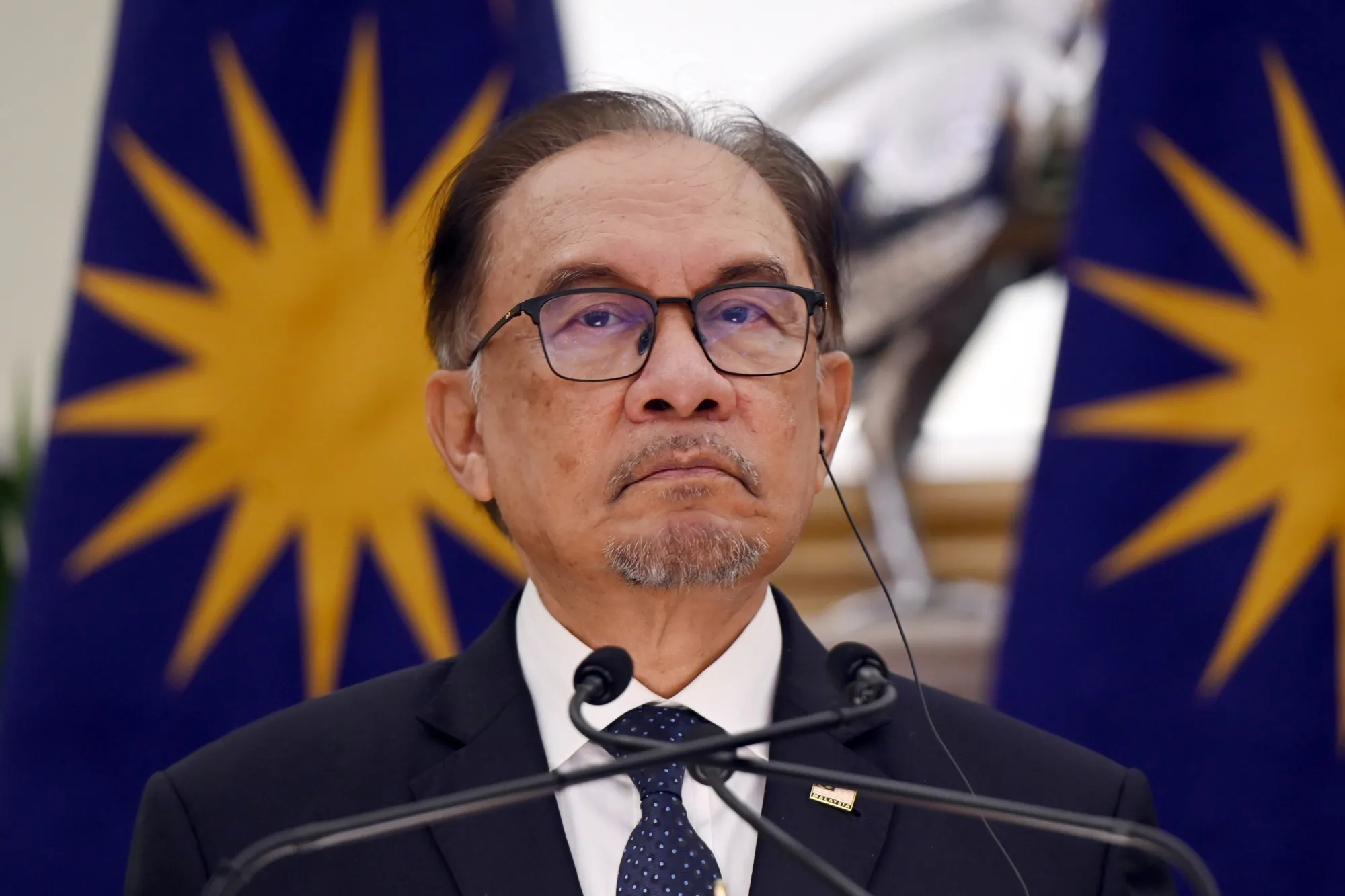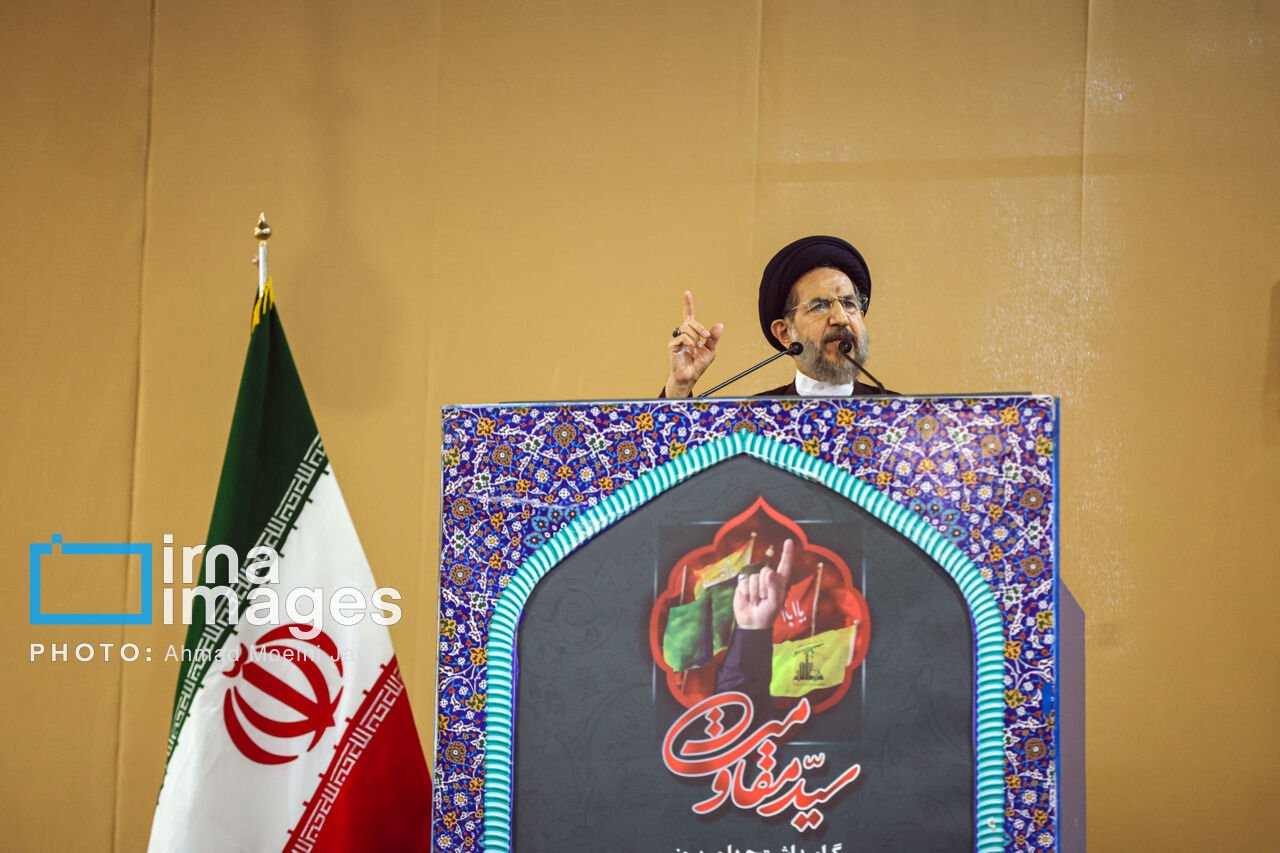Is the Wave of Mexican Flags on American Soil a Protest Against ICE or a Sign of a Deeper Political Conspiracy?
The red-white-green waves of the Mexican flag on the streets of Los Angeles seem to represent more than just protest against anti-immigration crackdowns—they have become a symbol of a new political divide. The sight of this foreign flag on U.S. soil has sparked a heated debate: is this merely an expression of free speech, or a cultural challenge to America’s national identity and internal security?
Is the Wave of Mexican Flags on American Soil a Protest Against ICE or a Sign of a Deeper Political Conspiracy?
Is the Wave of Mexican Flags on American Soil a Protest Against ICE or a Sign of a Deeper Political Conspiracy?
Analytical Report | CSB News Desk USA
The red-white-green waves of the Mexican flag on the streets of Los Angeles seem to represent more than just protest against anti-immigration crackdowns—they have become a symbol of a new political divide. The sight of this foreign flag on U.S. soil has sparked a heated debate: is this merely an expression of free speech, or a cultural challenge to America’s national identity and internal security?
Background: Protests Erupt After ICE Raids
On Friday, the Garment District of Los Angeles became the epicenter of unrest after Immigration and Customs Enforcement (ICE) conducted sudden raids on multiple workplaces. In response, thousands of protesters—predominantly Latin American immigrants—flooded the streets, waving flags of Mexico, El Salvador, Guatemala, and the United States in defiance of U.S. immigration policy.
Initially peaceful, the protests gradually turned violent. Clashes erupted, arrests were made, and there were allegations of attacks on police officers. President Donald Trump reacted swiftly by deploying the National Guard and Marine Corps, a move that infuriated California Governor Gavin Newsom, who called it an "illegal occupation."
Republican Reaction: Conspiracy Behind the Flag?
The presence of Mexican flags during the protests triggered intense reactions from Republican politicians.
Senator Markwayne Mullin of Oklahoma stated, “These are not just protesters—they're illegal immigrants violating U.S. laws.”
Vice President J.D. Vance wrote on X, “Foreign flag bearers are attacking law enforcement.”
Stephen Miller, Deputy Advisor to the White House, labeled the unrest as a “riot incited by foreign nationals.”
Such statements have prompted a critical question: are these merely protests against immigration policy, or an orchestrated effort to influence U.S. domestic politics through displays of foreign allegiance?
Flags and Freedom of Expression: The Legal Perspective
Under the First Amendment of the U.S. Constitution, flying a foreign flag—or even burning the American flag—is constitutionally protected as free speech. Nonetheless, the political controversy shows no sign of abating.
UCLA Professor Raúl Hinojosa-Ojeda explains, “Whenever the Latino community takes to the streets, the Mexican flag appears prominently. It’s natural—it represents a part of their identity.”
Historical Context: Proposition 187 and Cultural Conflict
The Mexican flag is not a new symbol in the American political arena. During protests against California’s Proposition 187 in 1994, the flag became a fiery symbol of resistance. Even then, Republican figures interpreted it as an expression of "anti-American sentiment."
Political analyst Mike Madrid argues, “While legally permissible, flying the Mexican flag is politically dangerous—it diverts attention from real immigration issues to debates over foreign loyalty.”
‘Pride’ or ‘Foreign Allegiance’? The Heart of the Conflict
Protesters insist there’s no conspiracy—only cultural expression.
Antonio Rodriguez, leader of the Brown Berets organization, stated, “This flag represents our culture, history, and families. It’s wrong to turn it into a symbol of division.”
He added, “Expressing pride in one’s identity is never un-American.”
Conclusion: A New Cultural War in the United States?
The presence of the Mexican flag and the ensuing political controversy are not just about immigration—they raise deeper questions about the future of American identity, multicultural society, and the definition of nationalism.
Is this merely a spontaneous outcry from the Latino community against ICE? Or is it part of a new political equation, where cultural pride becomes a tool in a divisive power game driven by unseen forces?
The answer remains unclear. But one thing is certain—each flag flying over the streets of Los Angeles is no longer just a piece of fabric; it is a burning political symbol.










